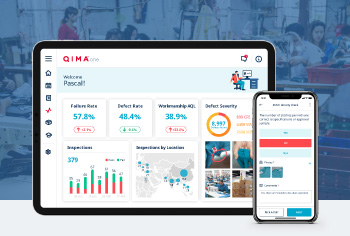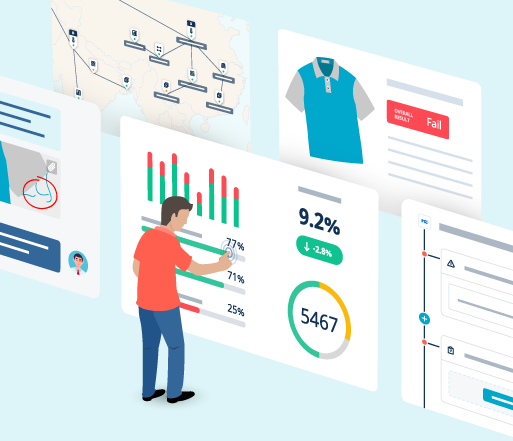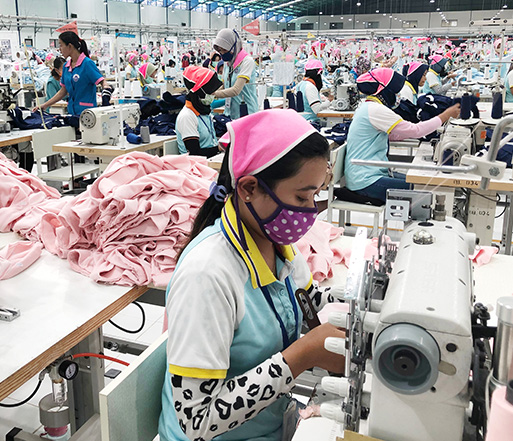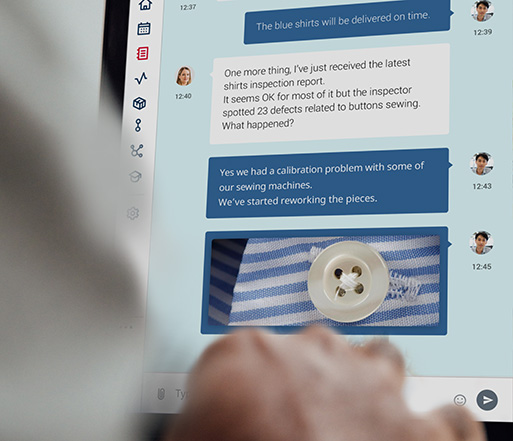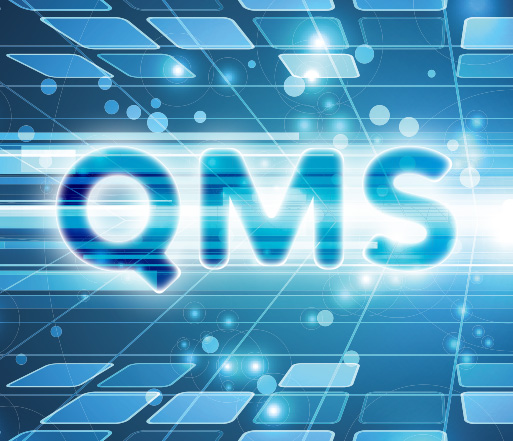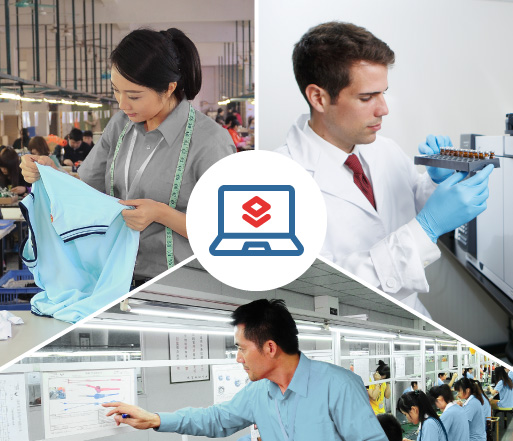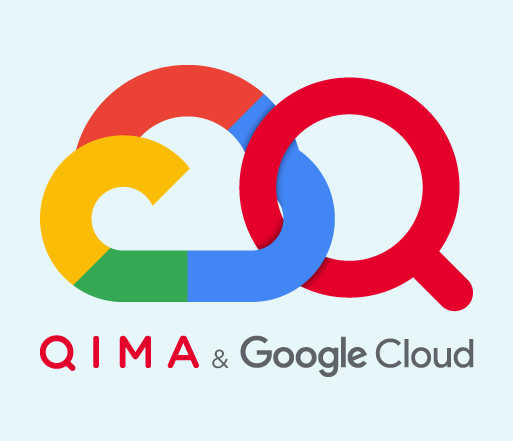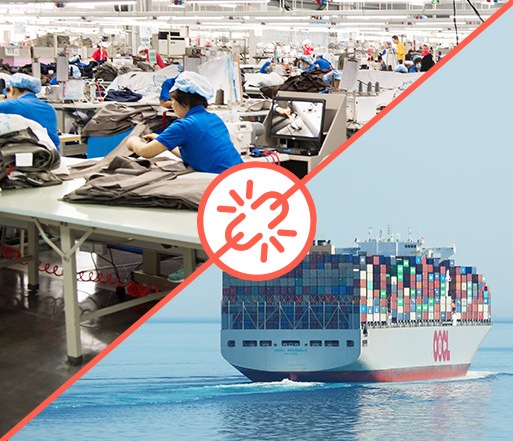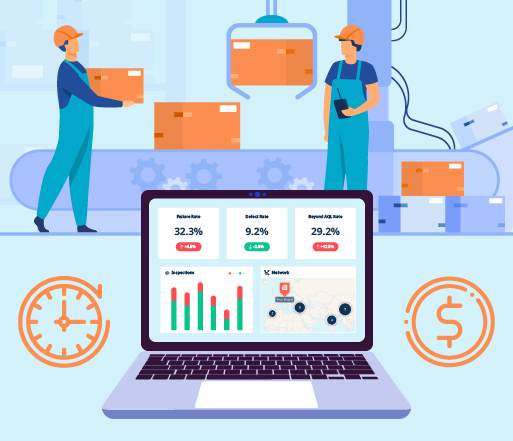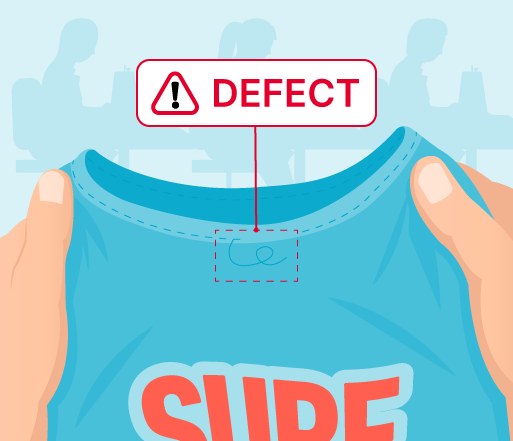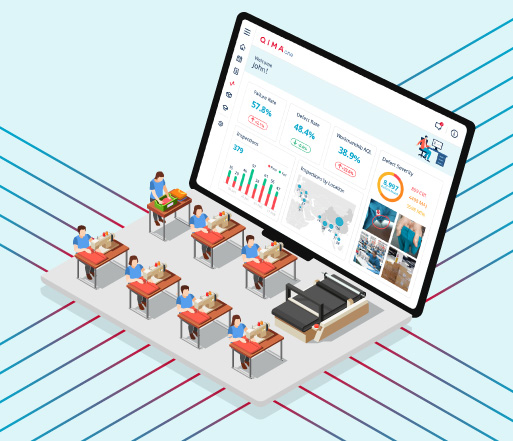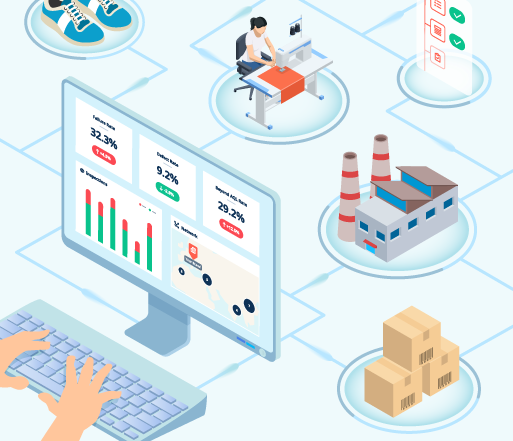
Article
Understanding Supply Chain Risk Management: Software & More

Article
Understanding Supply Chain Risk Management: Software & More
Article
Understanding Supply Chain Risk Management: Software & More

Keep up-to-date with the latest supply chain insights.
While navigating global manufacturing waters, your business will face many unexpected storms--and you can’t hope to weather them without effective supply chain risk management software.
An end-to-end quality and compliance management platform is key to managing a variety of supply chain risks, including in such critical areas as testing, inspection and certification (TIC).
In this article, we will provide a brief explanation of what supply chain risk management entails, what makes your company vulnerable to supply chain disruptions, and how supply chain risk can make your business more resilient.
What is Supply Chain Risk Management?
Supply chain risk management (SCRM) is the process of identifying, assessing, and mitigating risks throughout your entire supply chain.
When SCRM is carried out properly, every supplier in your chain will receive the same level of scrutiny: from your direct vendors to subcontractors and raw material suppliers.
Supply chain risk management covers an enormous range of critical concerns, including, but not limited to:
- Financial and reputational risk assessment
- Quality Assurance (QA) and Quality Control (QC)
- Factory health and safety standards
- Raw material sourcing ethics and regional practices
Without the right guidance, the idea of managing this broad range of risks can appear daunting. However, all of these concerns can be properly mitigated with the application of the right tools and an organized online toolbox.
Furthermore, when you’re in the position to provide TIC training to your suppliers, vendors, manufacturers and warehousers, various risks can be anticipated early enough to prevent them and make proactive improvements across your supply chain.
What the Supply Chain Risk Management Process Entails
Risk Identification
Risk identification involves quality checks and inspections of your entire supply chain.
For example, identifying risks at the raw material stage of your supply chain involves analyzing the quality and sourcing methods of the raw materials, to ensure that their suppliers are following your quality specifications and ethical guidelines.
As part of the risk identification process, inspectors will establish a risk profile for each of your supply chain affiliates, and keep these profiles updated as appropriate.
Risk Assessment
During the risk assessment stage, supply chain profiles come under more intense scrutiny.
Via comprehensive, data-driven reports, you will come to know such things as:
- which of your suppliers pose the most risk to your business
- which are the most likely to fall victim to a risk event
The reports you receive will detail certain key points, such as how a certain risk event (affiliated with the relevant partner) can impact your business’s margins, sales, and profits.
Mitigation
In the risk mitigation stage, you need to work together with the upper management of your business to create a risk action plan. During this stage, you will need to ask such questions as:
- What steps can our business take to continue safely working with this supply chain?
- What changes can be made to production to eliminate potential risks?
- Who can our business reach out to for help in creating a preventative action and risk action plan?
Obtaining answers to these questions may be difficult, or even impossible, without real visibility across your supply chain. Getting relevant information relies on integration, data sharing and effortless communication. This is why supply chain risk management software is instrumental to your fact finding and risk mitigation process.
How Transparency Reduces Supply Chain Disruption
The importance of transparency and visibility in any risk mitigation plan is best illustrated with a simple example:
- Your product has been contaminated by hazardous substances estricted in regulations like RoHS, REACH, CPSIA, and more. That fact is discovered too late, resulting in supply chain disruption.
- When responsible managers can monitor QC inspections, in real-time and through a shared platform, such contamination can be dealt with at the beginning of production, resulting in supply chain protection.
- If consolidated inspection reports reveal a historic pattern of non-compliance by the factory, you can drive supply chain improvement: either by compelling your current factory to work to your standards, or finding a new supplier that complies with your requirements.
Without the visibility into the cause of the issue, neither protection nor improvement of your supply chain would be possible. Whichever the actual cause of the supply chain risk (questionable manufacturing practices, raw materials of unknown origin, etc.), it’s the lack of visibility that is the ultimate reason for your company’s vulnerability to disruption.
How to Better Manage Supply Chain Risk
The example above makes it obvious that the importance of achieving supply chain visibility cannot be understated.
With the application of an end-to-end quality and compliance platform designed with your TIC concerns in mind, you can clearly see how your supply chain is operating, both on the level of individual players and as a whole.
Furthermore, once you’ve achieved an initial level of visibility, you can begin to target high-risk areas before they become unmanageable disasters.
By using tools such as standardized, easy-to-follow and product-specific inspection templates created by industry experts, you can receive reports with data that is actionable, accurate and comparable from factory to factory. And with inspection reports consolidated in one intuitive dashboard, no failed inspection will go unnoticed.
Additionally, automated data analysis will give you a quantitative history of factory compliance, with such key performance indicators as Acceptable Quality Limit (AQL) percentages, the number of inspection failures or audit non-compliances, and more.
With such data on hand, you can have a clear picture of your supply chain, which will enable you to take proactive measures to protect your supply chain--and your brand reputation--from risks unmanageable in the dark.
Why Do You Need Supply Chain Risk Management Software?
Once you’ve made the switch from scattered spreadsheets and siloed management systems to integrated, cloud-based supply chain management platforms, you will never want to turn back--and your only regret will be not making the change sooner.
Here are just some of the advantages provided by supply chain risk management software:
- Constant monitoring of risk percentages throughout your supply chain
- Accurate, real-time reporting by inspectors using customized inspection workflows
- Training tools to help your supply chain achieve higher production standards
Fast-track your digital transformation with QIMAone.
Get a live demo
Fast-track your digital transformation with QIMAone.
Get a live demoQIMAone and Supply Chain Risk Management Software for Your Business
Risk is an everyday reality for any business. QIMAone quality and compliance software is a platform designed to help companies detect and mitigate QC and ethical risks at every step of production.
We provide a dynamic and intuitive dashboard where you can view and organize everything you need to manage risk in your supply chain, including inspection assignments, workflows, data collection, and more.
Additionally, with the resources and expertise accumulated through 15 years of TIC service experience, we offer standardized inspection templates and useful training tools that you can make available to all in-house inspectors and managers.
Giving your team access to professional inspection management software ever your quality and compliance, and help you make the most of your QC budget by keeping routine inspections in-house and saving third-party services for complicated and high-priority orders.
With the right tools, you can mitigate risk, establish stronger working partnerships and improve productivity, quality and compliance at every step of your supply chain.
Want to see QIMAone in action? Learn more about our platform by scheduling a demo today.
Most Popular Articles
Corrective Action Plans 101: Your Basic Guide to Ensuring Supply Chain Quality Excellence
The Benefits of a Data-Driven Supply Chain
6 Benefits of Supply Chain Visibility
How to Implement a Quality Management System
Simpli Home: Ensuring product quality and compliance with supply chain technology
7 Effective Ways to Improve Your Quality Management System
Supply Chain Visibility: Complete Guide for Supply Chain Managers
Boost Quality Control with Supplier Performance Metrics
